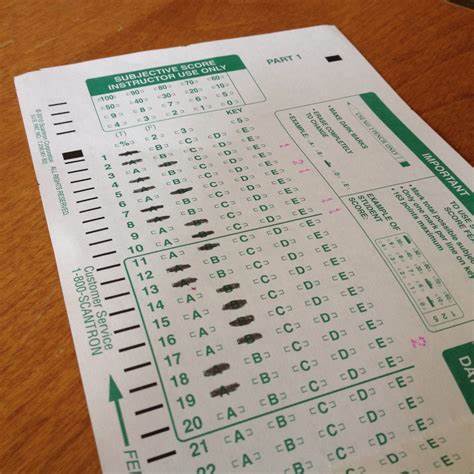Year-round Schooling: Is it the Future?

When our nation’s first schooling schedule was created, it was influenced by the agricultural timeline of a farm. Students would have nine months of schooling, but when the farm hit its peak harvesting time in the summer, the children took three months off to help out on the farm, which now we refer to as “summer vacation.”
In the late 1900s, some schools began to drop the idea of a traditional schooling. Recently, some schools have even implemented a year-round schooling curriculum.
The year-round schooling schedule originally appeared in urban areas like Chicago and Washington DC because they were not tied to the agricultural cycle. Now, over 2 million American students attend school on year-round schedules every year in over 3,000 schools in 46 states.
Some schools on the Western side of the country are following the 60/20 year-round schedule. This unique schedule gives students 20 days off school following 60 school days. California, Texas, Nevada, and Washington are beginning to adopt this newest scheduling craze.
A long-time thorn in the side of teachers has been the “summer slide,” or the idea that learning is lost when students get so much time off during the summer. Many studies show that students forget or unlearn things from the previous school year due to so much time off. But, with year-round schooling, students, especially at-risk students, are able to thrive in their academic environments.
In 1994, a study of three year-round schools showed a significant increase in academic achievement of at-risk students. By being in school the same number of days as the traditional schedule but with shorter breaks, these students were able to stay on a learning track that may have not been fostered at home during the summer.
Year-round schools also permit students to graduate at various times, allowing for a decrease in summer unemployment rates when compared to when all students are graduating simultaneously and trying to snag the few jobs that are available during that limited time. Not only would there not be a surplus of students ready to work in the summer, but businesses would be able to have steady employees throughout the year.
Businesses also wouldn’t have the difficulty of having a large volume of their employees trying to take off of work at the same time for summer vacation to be with their children. From the business aspect of year-round schooling, it is a massive plus.
When creating a year-round school schedule, more classes are put into the schedule, greatly reducing the number of students in each class, creating small learning communities. In this learning scenario, students receive more one-to-one instruction. Another plus for students is that instead on failing a whole school year in traditional school, a struggling student will fail 60 days in a 60/20 schedule and could easily make up those days to get back on track.
While many contest the idea of year-round schooling because it “sounds stressful” and “doesn’t provide breaks” the system seems to be working incredibly well.









